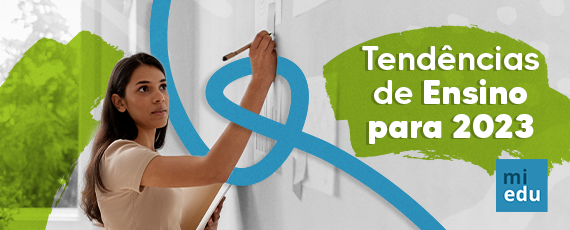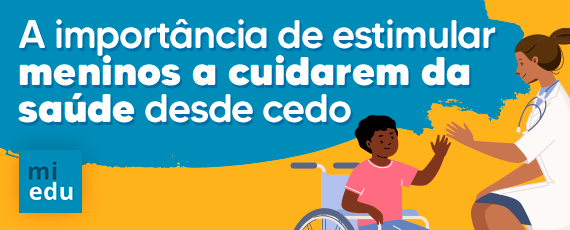A gênese e a emergência de Educação 3.0 no ensino superior e o seu potencial para a África
A new landscape for education is emerging as a result of developments in information and communication technology (ICT) in the last 15 years; community-based innovation and production models based on concepts of sharing and legal mechanisms to support them that have blossomed in the past four-five years; and, educational pedagogies as well as institutional arrangements that are still forming. Widely known and vigorously discussed and debated among those ‘in the know’, this incipient educational landscape remains largely invisible to the majority of educational practitioners and participants in higher education on a global scale.
Over the past three-four years, a set of technologies and social phenomena have arisen on the Internet that are collectively referred to as Web 2.0 (Web two point oh) indicating that the World Wide Web has seen a set of important changes since its inception (version 1.0) which have turned it from an access technology into a participation technology. The term Web 2.0 was made popular by Tim O’Reilly and John Batelle in a series of conferences organized by O’Reilly Media.
The concept of Web 2.0 is still fluid, but it is characterized by a number of features including increasing levels of two-way communication, content creation by users, increased social interaction, naturally formed communities of practice and social networking. There is also an increasing blurring of the distinction between desktop computing and and Web-based computing, and many software applications are increasingly provided as Web-based services. Specific technologies contributing to Web 2.0 include weblogs (blogs), wikis, syndication of content through RSS, podcasting and videocasting for audio and video content, screencasting, social bookmarking, the sharing of photos, videos and other artifacts.
Leia mais: http://bit.ly/1ceCl7f


